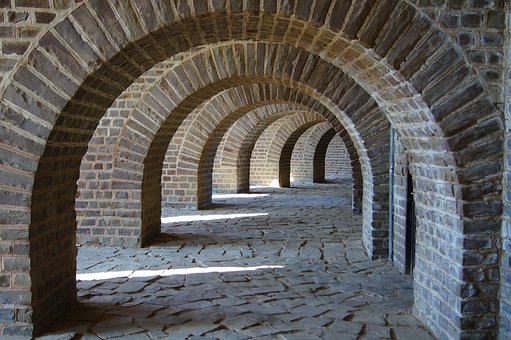
Unfortunately, due to the world in which we live in, architecture is often times overlooked as a form of healing for addicts. For, a majority of the time, when one thinks of recovery for those struggling with substance abuse, his/her mind automatically draws to options such as rehab.
However, in doing so, a number of people frequently miss the treatment that lies in the simplest of things—such as the elements that surround them in that of a constructed building. In turn, there are a number of principles listed—and/or important aspects—that architects must take into account when constructing a place of recovery for addicts, but one of the most important is evidence based design.
Evidence based design—which is also known as EBD—is defined as “the process of basing decisions about the built environment on credible research to achieve the best possible outcomes”. It is through this process that architects are able to better assess, judge, and plan before acting/engaging in the design itself.
Not only that, but evidence based design has become prominent in healthcare design because most hospitals aim to construct ‘healing setting’ for their patients. In turn, they must know what they are building—and how they are going to go about building it—to better fit the patients’ needs. For, there are certain aspects which can help better promote the healing—and/or recovery—such as the color, shape, place, size, etc. As a result, evidence based design allows architects to determine what is needed, for what is being built, by looking at past research, and basing their decisions off such.
Consequently, many patient rooms—in our modern day world—still lack the color and natural sunlight that they need to promote a healthy well-being in that of the individual. In fact, research shows “the influence of well designed environments on positive patient health outcomes, and poor design on negative effects including longer hospital stays”.
In conclusion, evidence based design allows architects to not only build in a way that serves as more efficient, but to also construct with not just the project in mind, but the person/patient. Such a process allows them to do such, without going head first into a project blind eyed—and unaware—as to the way in which it should be built. As a result, recovery can be constructed for future patients of a in-treatment rehabilitation facility—allowing them to regain their health more quickly—by simply being uplifted/healed through aspects such as; window lighting, the color of the room/walls, and so on.